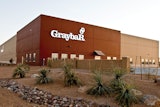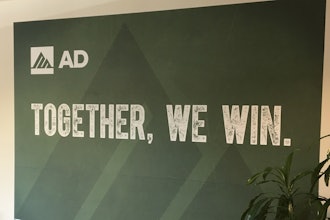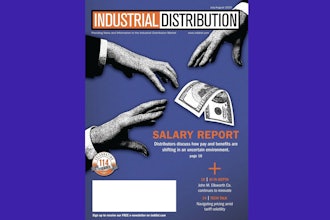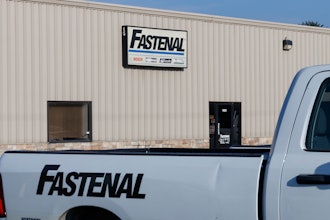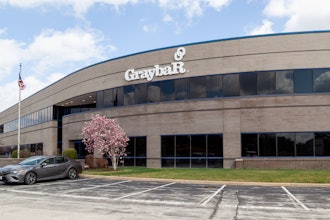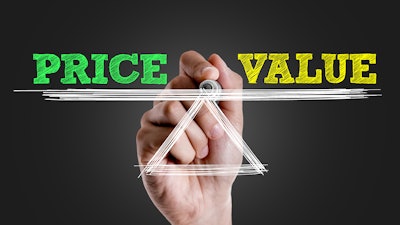
Not all customers are created equal, yet many businesses approach all customer relationships in the same way. If you take a close look at these relationships individually, you’ll likely find that your own customers’ profitability ranges widely. If you don’t optimize the value of your customer relationships, you’re missing opportunities.
In fact, there are several common mistakes you can avoid by optimizing customer value:
Relying on a topline approach. If you focus on winning the customer before you know how you'll make money in the relationship, you'll lose the price war right away.
Making assumptions. Operating as if you understand your customers' needs without any data, analysis or customer research will only result in conversations about price.
Applying one model to all. A one-size-fits-all business model doesn't factor in what customers actually value. When you instead apply multiple business models according to customer categories, you can provide superior customer service and improve or hold the line on pricing.
Setting arbitrary goals. You must take customer segments into account when you're setting goals. For instance, if you aim to get 10% of your revenue online but your customers don't actually want to do their business that way, your margins will go down rapidly.
Approaching sales enablement wrong. Simply providing reports, brochures, product training and pricing autonomy doesn't enable your sales teams to sell effectively. Quantifying customer performance and providing the right value message by customer group is a prerequisite for great sales management.
Through customer stratification, distributors get a clear picture of the value each customer provides them and avoid these risks. Customer stratification is the process of classifying customers into groups based on various factors, such as profitability, buying power, alignment and cost-to-serve, to determine the value of each customer relationship.
For instance, distributors can determine which customers they have the greatest potential to grow and remain profitable with vs. those that are draining valuable resources. From there, they can make thoughtful changes around how they serve different customer types.
Key Outcomes of Customer Stratification
Customer stratification:
- Is a key profit driver: A greater knowledge and understanding of the value and profitability of your customers can help you make more informed decisions about pricing. In fact, customer stratification can account for 50% of your pricing decisions.
- Establishes the true cost of doing business: When you implement a holistic customer stratification model, you can effectively capture your cost-to-serve. Cost to serve analysis helps companies understand the difference in service requirements and needs for each customer, as well as their total costs.
- Can double your EBITDA (Earnings Before Interests, Taxes, Depreciation and Amortization): Customer stratification is a key tool in accomplishing a feat like doubling your company’s EBITDA. Distributors who have applied this best practice have reported gross margin improvements in the range of 200 to 600 basis points.
Use Stratification to Optimize Customer Value
Get more value from each customer relationship by addressing three main objectives:
- Increased revenue: How can you improve your value with the customer to garner more revenue from the relationship?
- Decreased expenses: How can you serve the customer more efficiently as far as your service offerings and accessibility?
- Optimal allocation of assets: What are the actual expectations of your customers and suppliers, and are you meeting them optimally?
This is a complicated combination to be sure, but one thing is clear: All of these factors are influenced by whom you choose to serve and how you communicate your value proposition to them.
Where to Start
How do you put customer stratification into practice? This process will be different for each distributor. To determine the next steps for your business, ask yourself:
- Do you have relevant, reliable and quantifiable information routinely recorded in your IT system on a periodic basis?
- How should you stratify your unique customer base? (market segment, branch, sales territory, companywide)
Answer the following about each customer to determine their value to you, known as Value Capture:
- How much business does this customer do? (sales, items purchased)
- How profitable are they? (margin dollars, margin percent, change in basis points)
- How aligned is the customer with your value proposition? (orders placed, line penetration, sales trend)
- What is this customer’s cost to serve? (days to pay, line items per order, order size)
When you assess your customers’ value to your business, it’s also important to assess the value you provide to them. This is known as Value Create, and understanding this can help you to optimize your offerings. Value Create from the customer’s perspective may include product availability, product depth and breadth, reliability, consistency, strategic fit and so on. Value Capture represents the price or premium you charge for the value provided to your customers. Customer stratification helps you align Value Create and Value Capture.
Once you’ve answered these questions, you’ll be better able to stratify and serve your customers. We stratify customers into four groups:
- Core: Account for 5%-10% of customer base and 80% of net profit. These customers are highly profitable and transact in a high volume on a regular basis. You cannot survive without them.
- Opportunistic: Account for 5% of customer base and less than 10% of net profit. These customers are your competition’s core customers who access your products and services when their regular supplier stocks out. They pay a premium and are relatively easy to serve.
- Marginal: Account for 70% of customer base and less than 10% of revenue. These customers buy infrequently in low sales volumes and require the best price and high service levels.
- Service Drain: Account for 5%-10% of customer base and 30% of revenue. These are high-volume customers who consistently require higher levels of service while demanding low prices.
In research for the book, Customer Stratification, published by the National Association of Wholesaler-Distributors, we found that despite the importance of this process, most distributors have a hard time convincing their teams to act. But don’t be afraid to go down this path; what I’ve described is a systematic, easy-to-implement model that your team can and should embrace.
The benefits are great across the board. For sales leaders, customer stratification can support sales management, hone salespeople’s goals, get everyone on the same page, and support a customer-focused culture. Salespeople can get more granular about who to target for growth – and who to avoid. And they can identify customers that could be buying more that they could move to the Core category.
And top management can use customer stratification as a compass for the business: Too often companies look backward. Customer stratification promotes a forward-looking customer-centric culture that is required to compete in today’s market.
 Pradip Krishnadevarajan
Pradip Krishnadevarajan
